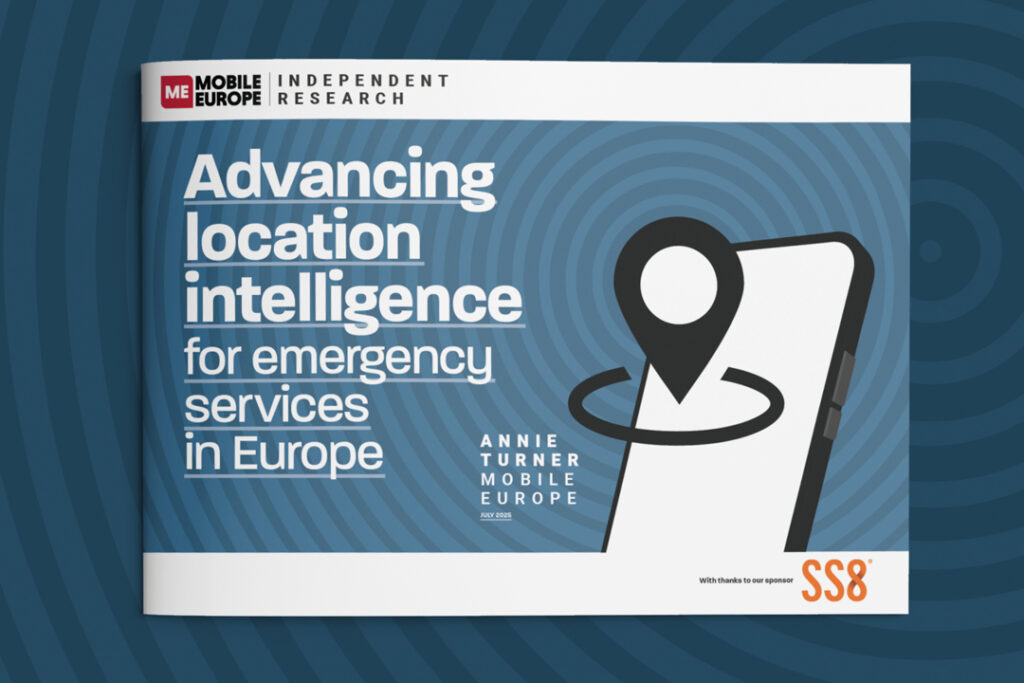The UAE telecom operator signs MoU for submarine cable projects linking Middle East, North Africa and Europe
Emirati-based technology group e& has signed a strategic MoU with Hungarian telecommunications company 4iG Group to collaborate on submarine data connectivity projects aimed at strengthening digital links between the Middle East, North Africa, and Europe. The partnership was announced during the official visit of UAE president Sheikh Mohamed bin Zayed Al Nahyan to Hungary.
4iG Group also signed a separate MoU with Mubadala Investment Company, one of the world’s largest sovereign investment firms managing over$330 billion globally. This agreement focuses on potential capital market, acquisition, and investment collaborations in Hungary and the Western Balkans, indicating that the UAE’s strategic interest in the region extends beyond telecom infrastructure into broader economic cooperation.
The telecom partnership combines e&’s connectivity and ICT solutions with 4iG Group’s strategic position in the Western Balkans and deep experience in building terrestrial transit infrastructure. The collaboration focuses on the planning, implementation, and operation of subsea cable systems that the two say will enhance cross-regional digital connectivity. The partnership potentially also creates new transit routes for international data traffic and enhancing regional connectivity resilience.
The 4iG partnership builds on e&’s broader Eastern European expansion strategy. In September 2024, the European Commission approved e&’s acquisition of a controlling stake in PPF Telecom Group’s operations in Bulgaria, Hungary, Serbia and Slovakia, with the UAE operator completing the purchase of 50% plus one share in October 2024.
“Our strategic partnership with 4iG is a significant step towards developing cross-regional digital infrastructure that fosters economic growth, resilience, and innovation,” said e& Group CEO Hatem Dowidar.
“We believe that well-planned developments and continuously evolving infrastructure create new opportunities for people. This partnership lays the foundation for future projects that connect continents, strengthen communities, and contribute to digital progress in Europe, the Middle East and Africa,” he added.
Data centre for Albania
The preliminary agreement includes plans to jointly develop a data centre facility in Albania specifically designed to support subsea data traffic. Beyond the submarine cable and data centre initiatives, the MoU encompasses potential digital infrastructure projects in Hungary through e& and PPF Telecom, along with broader telecommunications and digital infrastructure collaborations across the region.
4iG Group, which operates as one of the key telecommunications and IT groups in Hungary and the Western Balkans, brings significant regional expertise to the partnership. “These partnerships support 4iG Group’s domestic and international growth strategy and may open up new opportunities in the Hungarian, Middle Eastern, North African, and the Western Balkans markets,” said 4iG Group chairman Gellért Jászai. “We aim to create long-term value in technological innovation, infrastructure, and investment cooperation with global players.”
The partnership comes as 4iG has significantly expanded its telecommunications footprint in recent years. In January 2022, the company completed its €625 million acquisition of Digi’s Hungarian operations, including Digi Hungary and its subsidiaries Invitel and ITV, from Romanian consortium RCS & RDS.
Defence ties
4iG Space and Defence Technologies, another arm of the 4iG Group, separately signed three separate Memoranda of Understanding with EDGE Group, a defence and advanced technology company. These agreements focus on joint development, localisation, and marketing of several defence systems including EDGE’s SKYKNIGHT air defence missile system, SHADOW line of loitering munitions, and VEGA and ORION unmanned air traffic control systems.
The defence partnership aims to combine both companies’ technological capabilities to develop NATO-compatible solutions that are competitive and export-ready for international markets. Under the agreements, EDGE will leverage its presence in African markets while 4iG Space and Defence Technologies will focus on Central and Eastern European markets, creating a comprehensive approach that spans both the telecommunications and defence sectors. The collaboration enables both companies to explore joint ventures and technology transfer opportunities.



